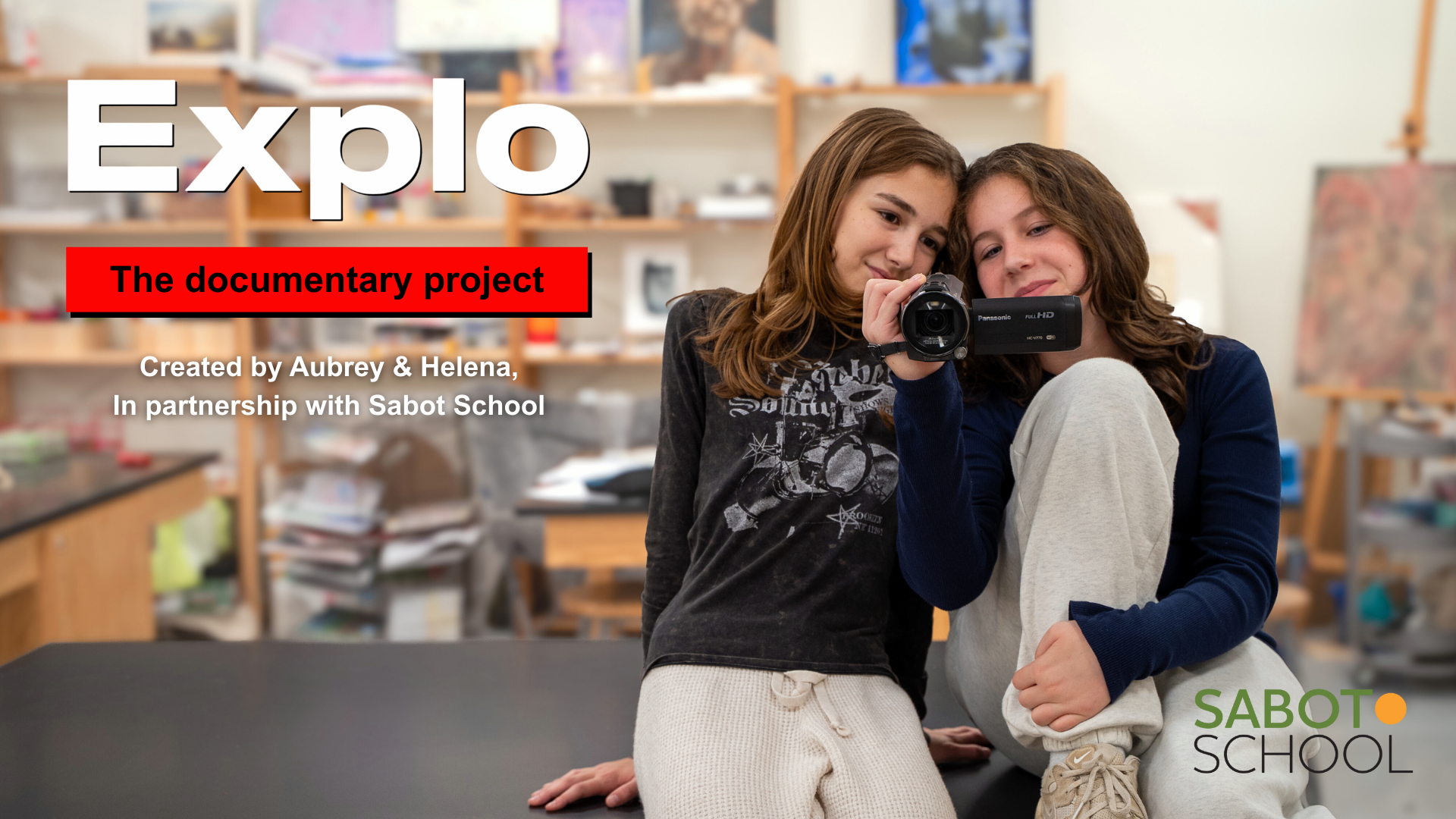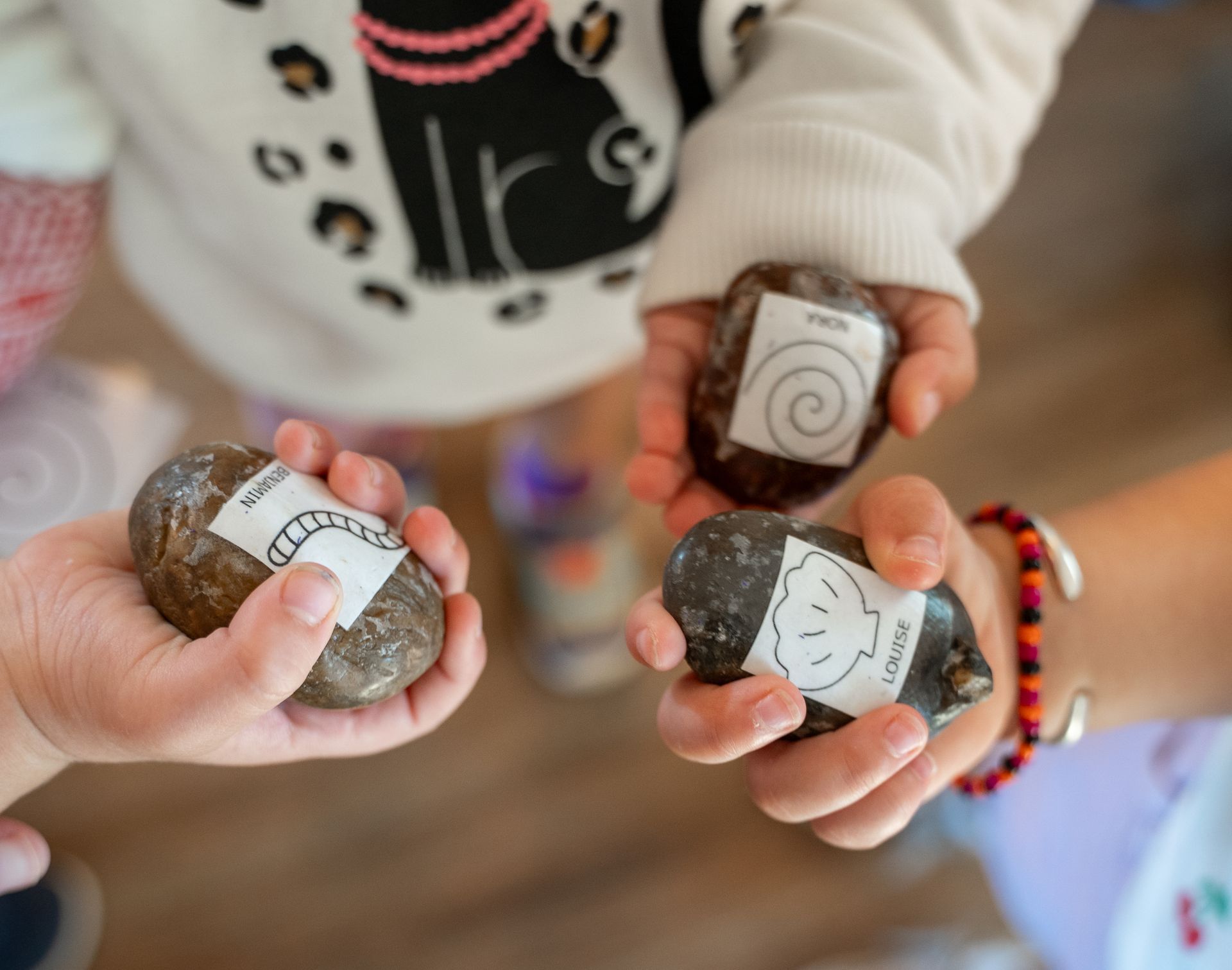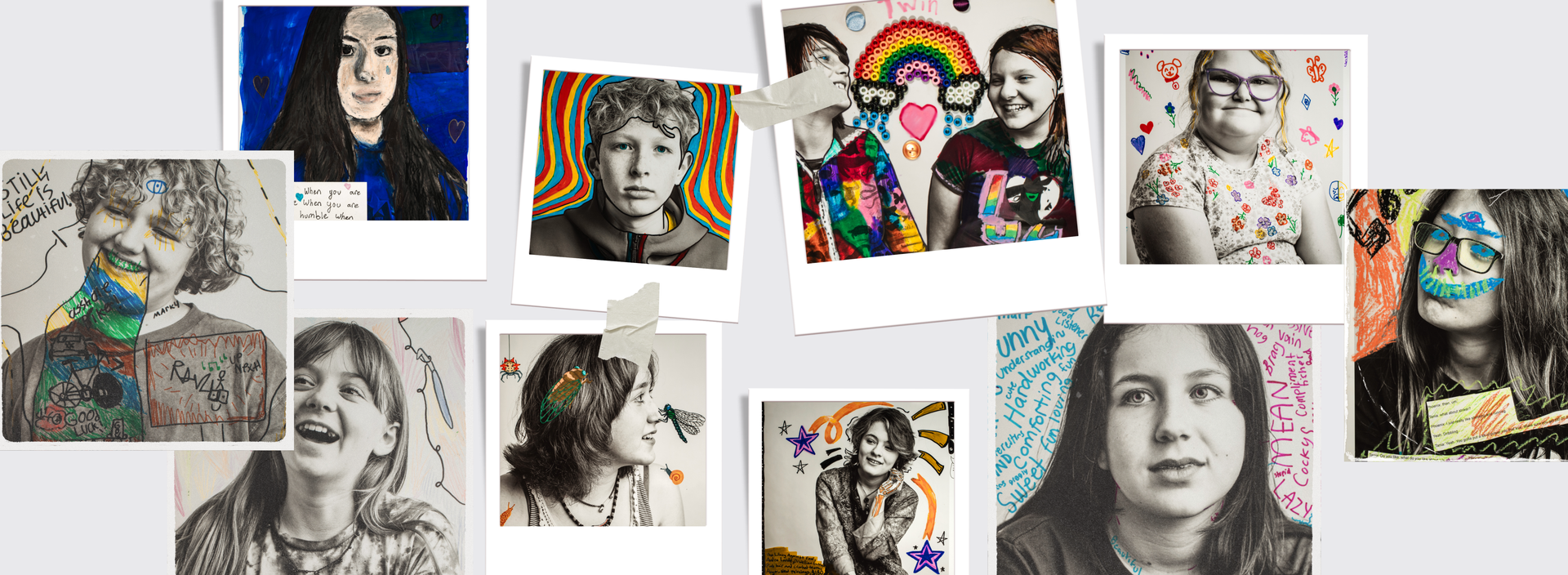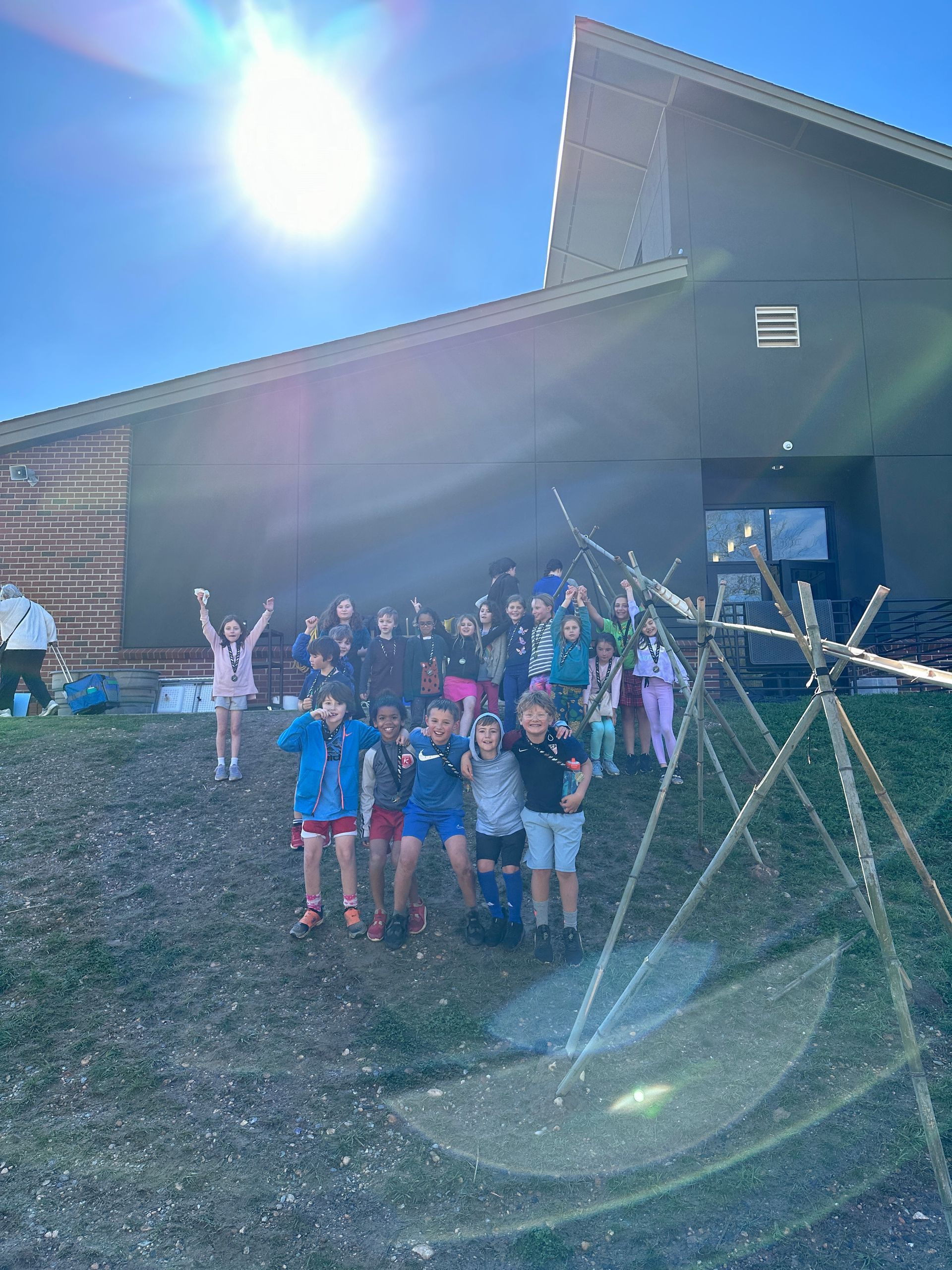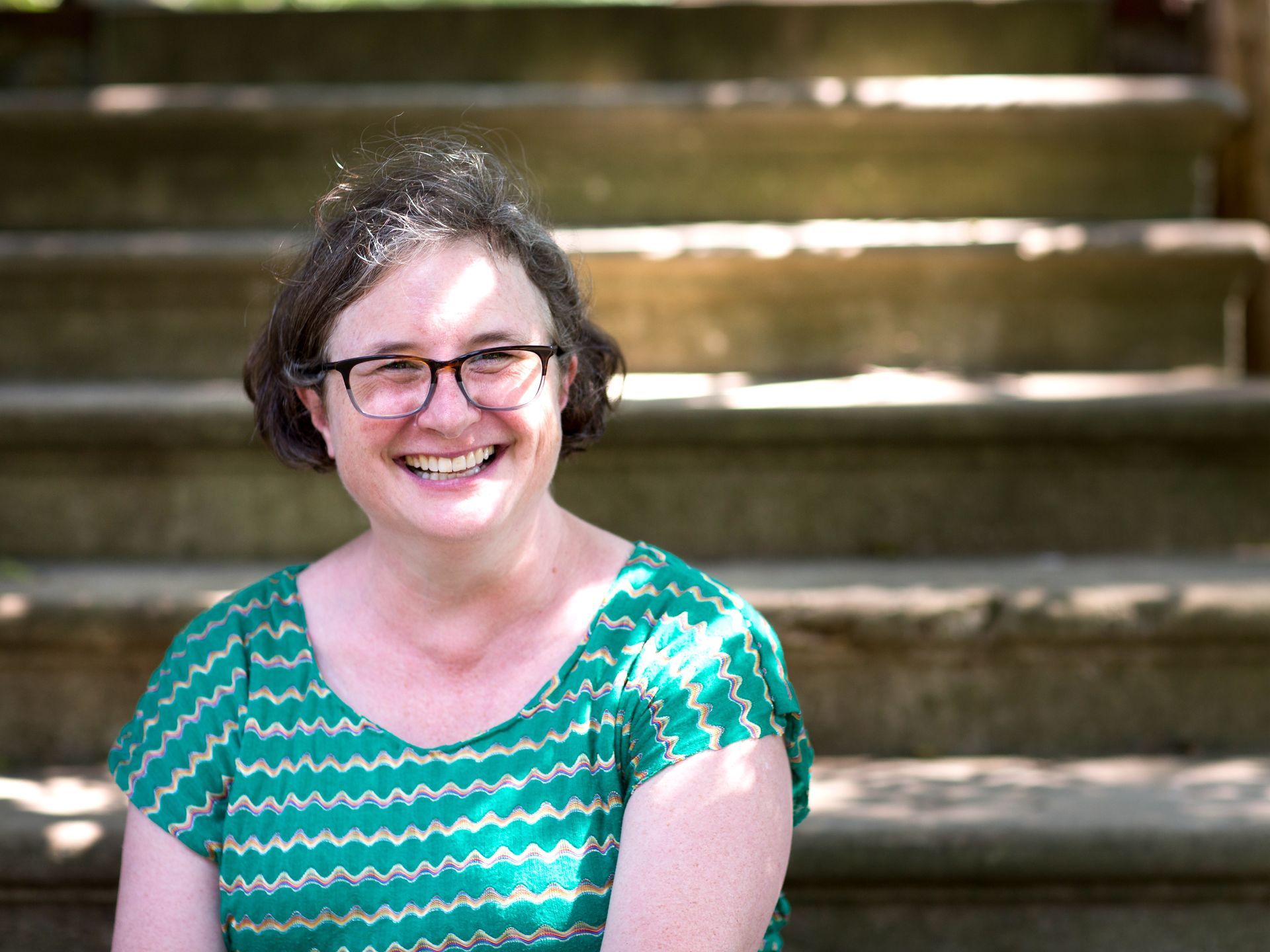Masks, Models, and the Hope for Peace
Mission Moment: September

Sabot at Stony Point is a school designed to sustain children’s quest for meaning and understanding, harness the power of their theories and ideas, and guide their inquiry and research. In an environment that supports co-construction, collaboration, and respectful exchange, we challenge our students to become effective communicators and disciplined thinkers, capable of solving problems in our increasingly complex world.
If there is a single document worth sharing again (and then again) it is LorisMalaguzzi’s “Your Image of the Child: Where Teaching Begins.” This is an article we shared with teachers, brand new and years-experienced, before the school year began; it is an article we encourage parents to read; it is a document that distills the purpose of education down to a single but prismatic image of the child as a curious, capable, creative learner. This is a child who may have as her silent plea, “Help me do this by myself” and who might also, as Malaguzzi theorizes, say, “Ifonly you had seen all I had to do.” It is, after all, what most adults want as well—to work meaningfully and with independence, and to be not necessarily praised, but seen.
When Sabot says it is “designed to sustain children’s quest for meaning” it is purposefully not promising that children will “find themselves” or find their answers; it is not promising a clear map for the quest. The mission itself is the promise because the mission promises mission. The reason, of course, is that Sabot’s image of the child is not one of “lostness.” And if there is one answer for making meaning of one’s life, then there are infinite answers. Our mission is to sustain the quest, to feed students along the journey with the very best food, to observe them well, and to guide them when they would benefit from guidance.
Sabot’s mission depends on an image of the teacher, likewise, who is capable, curious, and creative. After all, the teacher who pretends certainty is not a truthful teacher and like the shepherd who walks as part of the flock, within the group itself, a teacher gains the trust of her children by learning alongside, leading from the middle.
Here are some examples of our mission in action.
I.
Marla Wilson’s 5th graders are in the beginning phase of their Peep Village project. An oversimplified explanation of the project at large is that it aims to represent a real town made of real people; it is a micro-civilization. There are people (miniature ‘peeps,’ drawn to scale) who have families, and jobs, and who pay taxes and agree to the rules of citizenship. There is much to consider.
Though Marla has been involved with the project for many years and with many different student groups, the outcomes, questions, and resolutions are never the same. One issue currently up for discussion concerns relative job pay for the peeps. From Marla’s annotated album:
“Should all jobs pay the same, or should some pay more? For literacy on Wednesday, each student worked on the nonfiction journal prompt, and used their writing to make a speech about their position about how people should be paid. Interestingly, quite a few people announced that they had changed their position as a result of the speeches (and from the discussion at lunch afterwards). We are currently trying to figure out how to make this decision as a group. Should we all vote? Choose or elect representatives to vote? Have the adults choose? Work at it until we come to an agreement? There is a lot to think about.”
Indeed there is. And they are thinking about it still. I spoke with a group of 5th graders who were working on their drawings at lunch. I asked them, “Could you explain the peep project to me in three sentences or less?” One said, “I can do it in three WORDS! Tiny. People. Living.” Then another said, “The point of the peeps is that they are real people doing real stuff. They even pay taxes!” I asked them,“What do you think is the end goal of the peep project? Is there a ‘winner’?” They laughed, for it was an absurd question. “No, there’s not a winner... The point is that it’s, like, a world. A whole world. And it’s, like, all of us.” Another at the lunch table, finishing a bite of her apple exclaimed, “The goal is peace! Like world peace but in the little village!”
SHARE THIS POST



